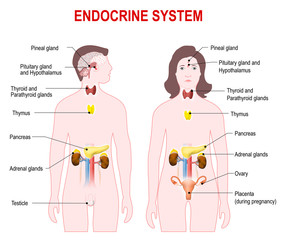- A Enables us to act on the external environment
- B Transmits motor information to the brain
- C Regulates the internal environment
- D Is located within the brain
- Share this MCQ
The autonomic nervous system (ANS) is a division of the peripheral nervous system that regulates the involuntary functions of the body, such as heart rate, breathing, digestion, and temperature control. It is responsible for maintaining the internal environment of the body, which is essential for survival.
Option C is the correct answer because it accurately describes the function of the ANS. The ANS controls the internal environment of the body by regulating the activity of organs and glands, which is necessary for maintaining homeostasis. For example, the sympathetic division of the ANS increases heart rate and blood pressure in response to stress, while the parasympathetic division decreases heart rate and promotes digestion.
Option A is incorrect because the ANS does not enable us to act on the external environment. It is responsible for involuntary functions that occur within the body, rather than voluntary movements that involve interaction with the external environment.
Option B is incorrect because the ANS does not transmit motor information to the brain. Rather, it transmits sensory information from the internal organs to the brain, which allows the brain to monitor and regulate the activity of the ANS.
Option D is incorrect because the ANS is not located within the brain. Rather, it is located outside the brain and spinal cord, and it consists of two main divisions: the sympathetic and parasympathetic nervous systems.
In conclusion, the correct answer is option C, which accurately describes the function of the autonomic nervous system. The ANS plays a crucial role in regulating the internal environment of the body and maintaining homeostasis.
Share this MCQ
 Integumentary system
Integumentary system  Embedded system
Embedded system  Endocrine system
Endocrine system  জীবদেহের গঠন
জীবদেহের গঠন  কোশের আকৃতি
কোশের আকৃতি  মানুষের দেহের কোশের আকৃতি
মানুষের দেহের কোশের আকৃতি  বিভিন্ন শারীরবৃত্তীয় কাজ
বিভিন্ন শারীরবৃত্তীয় কাজ  উদ্ভিদদেহে ও প্রাণীদেহে কোশের কাজের বিশেষত্ব ও কলার প্রকারভেদ
উদ্ভিদদেহে ও প্রাণীদেহে কোশের কাজের বিশেষত্ব ও কলার প্রকারভেদ  প্রাণীকোশের গঠন
প্রাণীকোশের গঠন